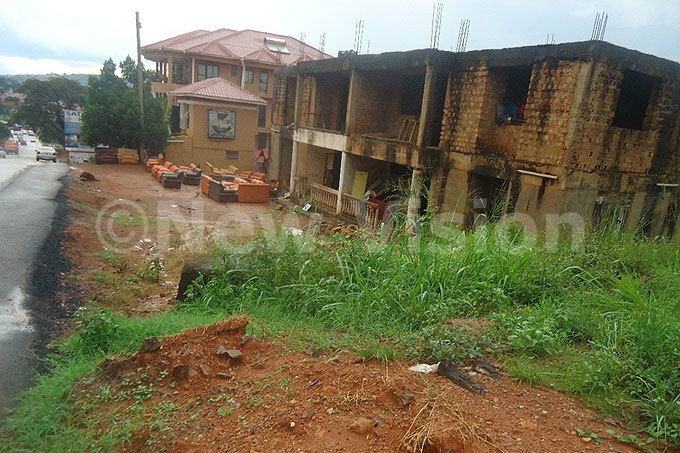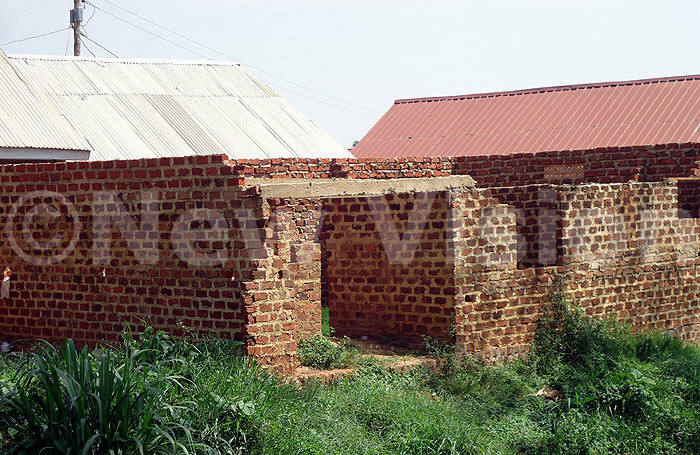Why buildings stall
Some people simply get confused: they think of several plans but lack a concept.
HOMES & CONSTRUCTION
Structures that have stood unfinished for years are a common sight in urban areas of Uganda. So why do such buildings stall mid-way into their erection?
Rashid Kalinda, a construction engineer, says there is a possibility that 5% of buildings that are planned are built. The 95% end up stalling either in the mind or on paper.
He says the building process goes through the stages of planning, designing and construction, or implementation. "Therefore, buildings stall at all the stages."
According to civil engineer David Kireli, at the planning stage, some people simply get confused - they think of several plans but lack a concept. This happens mainly with residential buildings.

Kireli says institutional and organisation buildings also stall at the planning stage due to the upside-down corporate planning.
Executives conceal ideas, sell them to the company and the planning. This mostly involves planning and design, mobilising consultants and contractors, adds Kireli.
However, every company has a year-plan which it follows. Embarking on the construction of a building which was not included in the year-plan dents the budget, funds run out and eventually the buildings stalls.
Kireli says planning involves visualising what kind of building you want, for what purpose, who owns it, sources of funding and generally when to start the project.
"At the design stage, a plan concept is put on paper and professionally elaborated drawings and documents are produced."
This comes out of architectural and structural considerations. Architectural design deals with the beauty and purpose while the structural design deals with the stability of the building and the economy.

The bills of quantities indicating the materials to be used and eventual cost estimates should also put in mind.
At this stage most of the buildings that stall are either for organisation or government and the reasons are poor financial planning and political reasons.
"A design of very executive flats was planned and sketches presented by plan systems (architects) and planning consultants for Uganda Consolidated Properties. At the end of the day, the flats were never put up. The building plans stalled on paper and in design form," he revealed.
For many companies, stalling at the construction stage is due to mismanagement, political reasons, lack of competent labour and fluctuating prices from the line of planning to implementation.
On his part, engineer Kalinda says delays of approval of plans by Kampala Capital City Authority (KCCA) also account for the short-term stalling. The authority requires that drawings must be approved before construction.